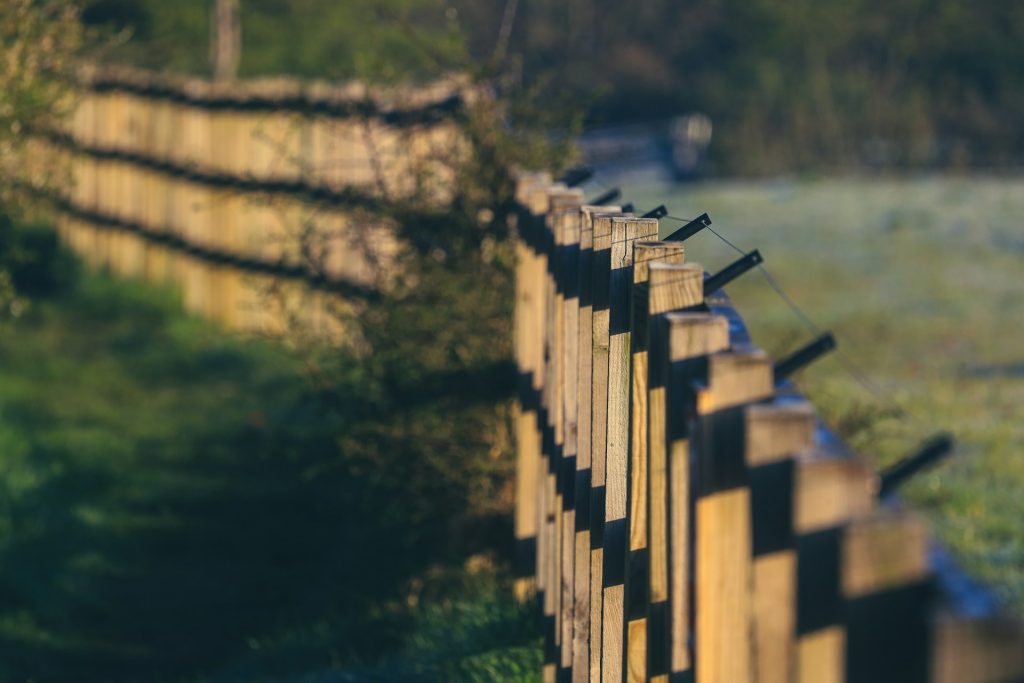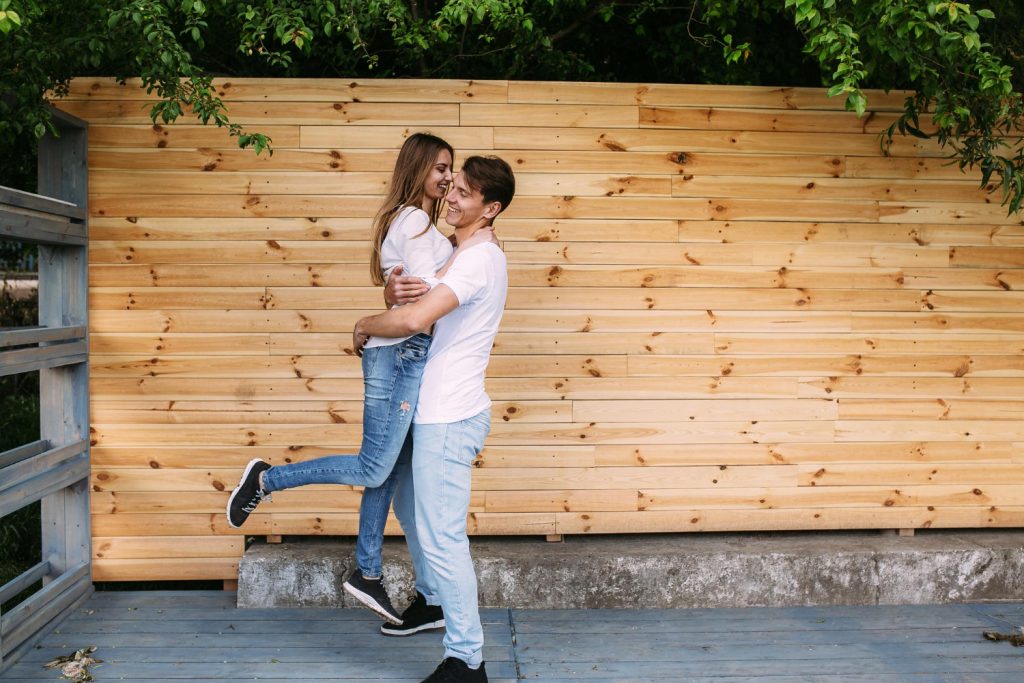Texas is known for its extreme and unpredictable weather — blazing summers, thunderstorms, high humidity, and occasional freezing temperatures. If you’re a homeowner in the Lone Star State, choosing the right fence isn’t just about aesthetics or security — it’s about weather resistance and durability.
So, what type of fence is best for Texas weather?
In this article, we’ll explore the most durable fence materials for Texas’s climate, compare their pros and cons, and help you decide which fence suits your needs, your budget, and the elements.
Professional fence installation is key to withstanding Texas weather.
Texas Weather: What Your Fence Needs to Withstand
Before diving into fencing options, it’s important to understand the unique weather conditions your fence will face in Texas:
- Intense Heat and UV Exposure: Texas summers often reach well over 100°F. Prolonged sun exposure can warp, fade, or crack certain materials.
- Heavy Rain and Humidity: Especially in Central and East Texas, frequent storms and moisture can cause wood rot, mildew, and rust.
- Strong Winds and Storms: High winds, hail, and the occasional tornado can wreak havoc on poorly anchored fences.
- Droughts and Soil Movement: In West Texas and other arid regions, shifting soil from dry spells can destabilize fence posts.
- Occasional Freezes: Though rare, winter freezes can lead to cracking or frost heave around fence foundations.
In short: your fence needs to be tough, flexible, and weather-resistant.
1. Cedar Wood Fencing – Classic and Climate-Resilient
Best for: Central and East Texas
Cedar is one of the most popular fencing materials in Texas for good reason. It holds up well in humid conditions and is naturally resistant to insects and rot.
Pros:
- Natural resistance to decay and pests
- Withstands humidity better than other woods
- Aesthetic appeal — warm, rustic look
- Can last 15–20 years with proper maintenance
Cons:
- Requires regular staining or sealing
- Can fade or gray in direct sun if untreated
- Vulnerable to warping in extreme drought
Wood fences are a classic choice, but not all wood types perform equally in Texas heat.
Pro Tip:
Opt for Western Red Cedar and install a sealed, treated fence to extend longevity. Add galvanized steel posts for extra strength during windstorms.
2. Vinyl Fencing – Low-Maintenance and UV Resistant
Best for: Urban and suburban properties across Texas
Vinyl fencing is a fantastic choice for homeowners looking for a low-maintenance yet stylish option. It performs exceptionally well in Texas heat without warping or cracking.
Pros:
- Highly resistant to UV rays — won’t fade easily
- No painting or staining needed
- Impervious to insects, rot, and moisture
- Flexible enough to withstand strong winds
Cons:
- More expensive upfront
- Can become brittle in freezing temperatures
- Limited color choices
Pro Tip:
Choose vinyl fencing with UV inhibitors and reinforced rails to prevent sagging. It’s ideal for Austin, Dallas, San Antonio, and similar regions.
3. Wrought Iron and Steel Fencing – Strong and Elegant
Best for: High-wind zones and upscale properties
Wrought iron and steel are among the most durable fencing materials available. They can handle Texas wind, hail, and heat with ease, especially when powder-coated or galvanized.
Pros:
- Exceptional strength and security
- Weather-resistant when coated properly
- Elegant, upscale appearance
- Minimal wind resistance due to open design
Cons:
- Susceptible to rust if not maintained
- Can get hot to the touch in summer
- Higher cost and weight make installation more expensive
Pro Tip:
Go for galvanized or powder-coated steel fencing to protect against rust, especially in areas with heavy rainfall like Houston.
4. Composite Fencing – Built to Withstand Anything
Best for: Long-term durability in all Texas regions
Composite fencing is a blend of wood fibers and plastic polymers, offering the best of both worlds: the look of wood and the resilience of vinyl.
Pros:
- Extremely durable — resists warping, rotting, and cracking
- Withstands high heat and heavy rain
- Low maintenance
- Eco-friendly (often made from recycled materials)
Cons:
- Higher upfront investment
- Can fade slightly over time
- Limited styles compared to wood
Pro Tip:
Composite fencing is excellent for areas like El Paso or Lubbock, where you need a strong, stable fence that doesn’t crack under heat or dry conditions.
5. Chain Link Fencing – Functional and Affordable
Best for: Large properties and budget-conscious homeowners
Chain link isn’t the prettiest option, but it’s cost-effective and surprisingly resilient in Texas’s climate.
Pros:
- Very affordable and quick to install
- Good airflow — great for pets and wind-prone areas
- Galvanized or coated versions resist rust and corrosion
Cons:
- Offers little to no privacy
- Industrial appearance may not suit all homes
- Can sag over time if not installed properly
Pro Tip:
Add a vinyl coating or privacy slats for added longevity and appearance. Best for ranches, backyards, or pet enclosures.
6. Stone or Masonry Fencing – Long-Term Investment
Best for: Premium properties and privacy
Stone or masonry walls offer unmatched durability and aesthetic value, especially in upscale neighborhoods or properties on uneven terrain.
Pros:
- Incredibly durable — lasts decades
- Resistant to all weather conditions
- Excellent sound and privacy barrier
- Adds significant property value
Cons:
- Very expensive
- Requires professional installation
- Heavier permitting and foundation work
Pro Tip:
Combine stone with wrought iron or wood inserts for a custom look that balances cost and design.
Fence Anchoring and Installation: Why It Matters in Texas
Choosing the right material is only half the battle. Your fence needs to be properly installed to withstand shifting soils, wind, and weather.
- Set posts deep (24–36 inches) and use concrete footings
- In drought-prone areas, consider expanding foam footers for stability
- Always use galvanized or weather-coated hardware
Hiring a professional fence installer in Texas ensures your fence will meet local codes and last for years.
Best Fence Types by Region in Texas
| Region | Recommended Fence Type | Why? |
| Central Texas | Cedar or composite | Handles humidity and heat well |
| North Texas | Vinyl or steel | Survives freeze-thaw and windstorms |
| West Texas | Composite or wrought iron | Endures drought and dry soil shifts |
| East Texas | Treated wood or vinyl | Resists moisture and termites |
| South Texas | Chain link or masonry | Withstands heat and occasional flooding |
Conclusion: So, What’s the Best Fence for Texas Weather?
The best fence for Texas weather depends on your location, budget, and needs. That said, here are some quick recommendations:
- Best Overall: Composite fencing for all-around durability and low maintenance.
- Best for Privacy: Cedar or vinyl fences
- Best for Security: Wrought iron or steel fences
- Best Budget Option: Chain link fencing
No matter what material you choose, weather resistance should be a top priority. Texas’s climate is tough — but with the right fence, you can protect your property and boost its curb appeal for years to come.
Need Professional Advice?
If you’re unsure which fence suits your specific area in Texas, consider consulting with a local fencing contractor. They’ll evaluate your property, soil conditions, and exposure to elements, ensuring your fence investment is built to last.


